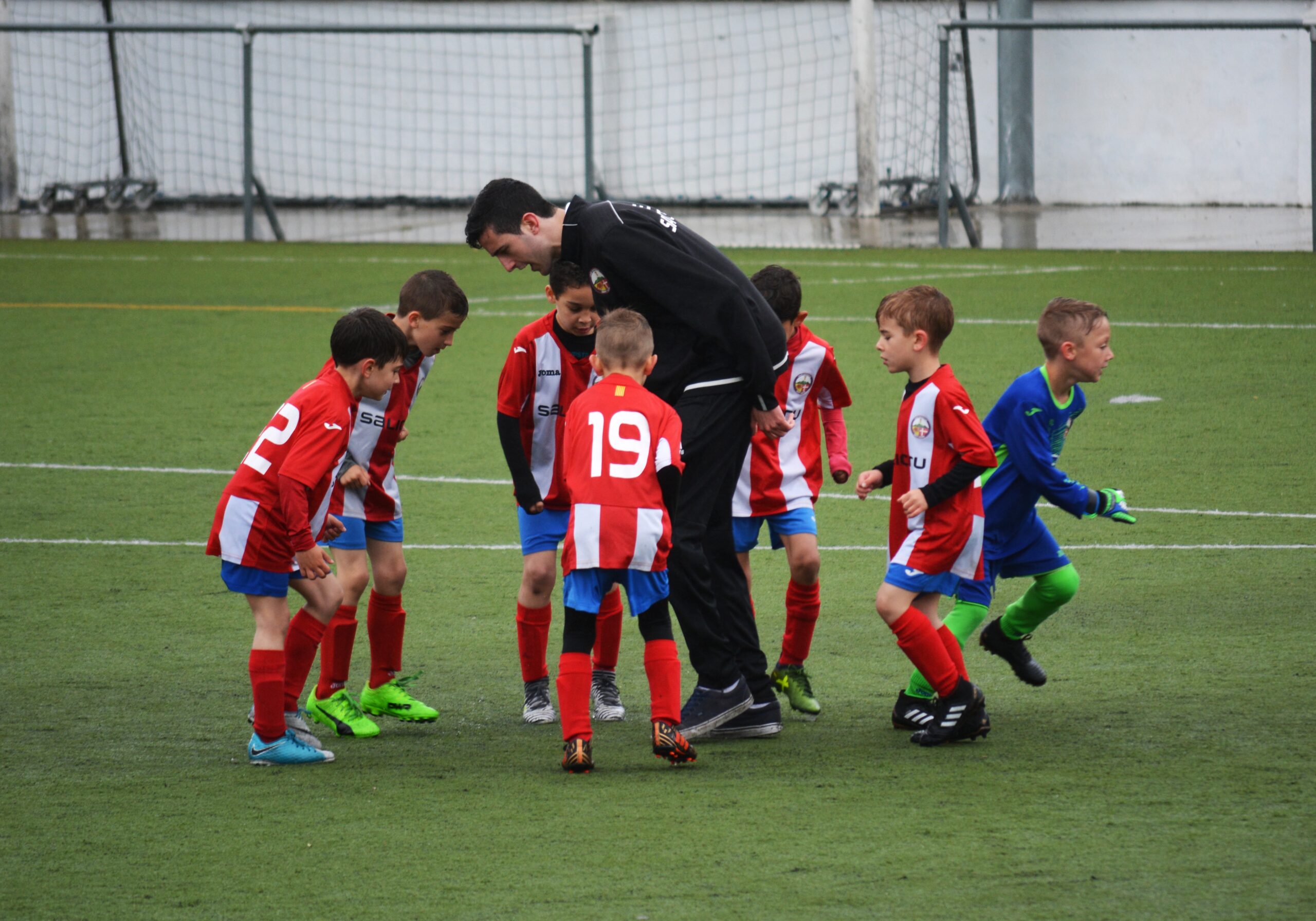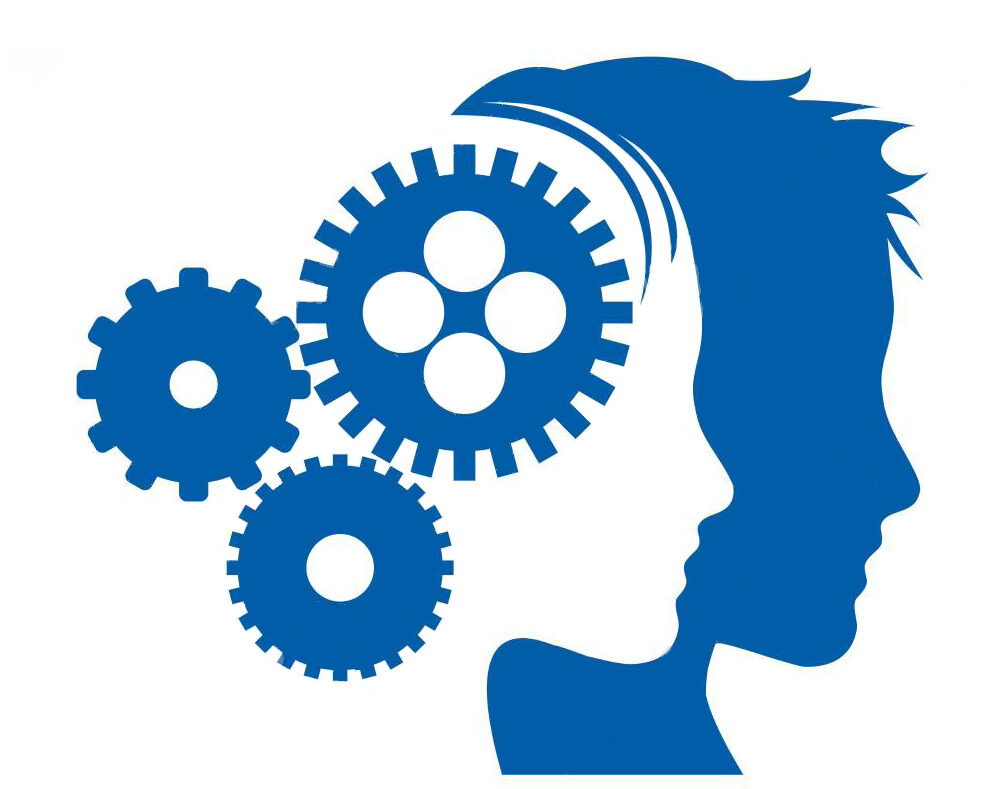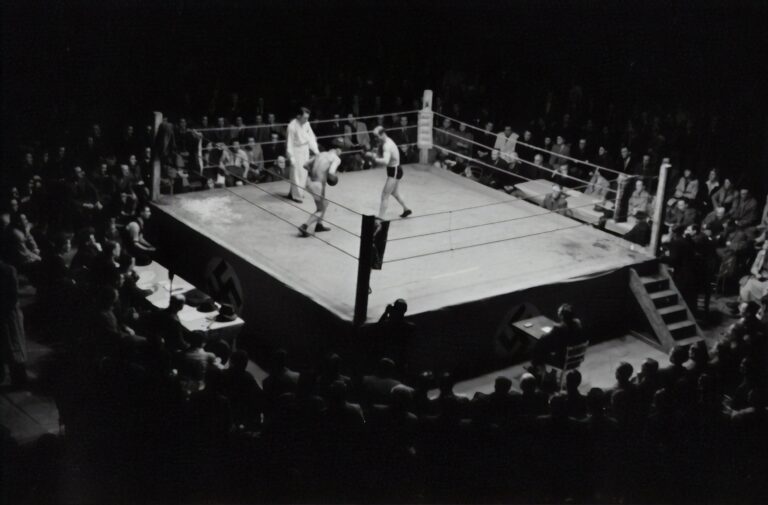You’re curious about the concept of visualization training and how it can benefit you. Well, visualization training is a technique that aims to enhance your ability to create vivid mental images. By using your imagination to visualize desired outcomes or specific situations, you can improve your performance in various areas of life, including sports, arts, and personal growth. In this article, we’ll explore the fundamentals of visualization training and how it can positively impact your life. So, let’s dive into the world of visualization and unlock your inner potential!
What is Visualization Training?
Visualization training is a technique used to harness the power of the mind to create vivid mental images and scenarios. It involves using the imagination to visualize desired outcomes and goals. By engaging the senses and emotions, visualization training can help individuals enhance their cognitive abilities, improve performance, increase focus and concentration, and boost confidence and motivation. This powerful tool can be applied in various areas of life, including sports performance, education, and personal development.
Benefits of Visualization Training
Enhanced Cognitive Abilities
Visualization training can significantly enhance cognitive abilities by strengthening the connections between the brain and the body. When you visualize yourself performing a complex task or skill, the brain fires the same neural pathways as it would during the actual performance. This repetition helps to improve your skills and build muscle memory. Additionally, visualization training stimulates the creative and imaginative areas of the brain, promoting divergent thinking and problem-solving skills.
Improved Performance
By practicing visualization techniques, you can improve your overall performance in various areas of life. Visualization training allows you to mentally rehearse and perfect your actions, strategies, and techniques. Athletes, for example, can use visualization to enhance their performance by visualizing themselves executing flawless movements and achieving their desired outcomes. This mental preparation can lead to improved confidence, focus, and execution when it comes time to perform in real-life situations.
Increased Focus and Concentration
One of the key benefits of visualization training is its ability to enhance focus and concentration. Through visualization, you can train your mind to block out distractions and remain fully present in the moment. By repeatedly visualizing yourself engaged in a task or activity, you strengthen your ability to maintain focus and stay on track. This skill is especially valuable in today’s fast-paced and highly distracting world, where the ability to concentrate on a single task can be a challenge.
Boosted Confidence and Motivation
Visualization training can have a significant impact on your confidence and motivation levels. By visualizing yourself successfully achieving your goals, you send powerful messages to your subconscious mind that reinforce your belief in your abilities. When you consistently visualize positive outcomes, you build a strong foundation of self-confidence and self-belief. Additionally, visualization can boost motivation by creating a clear and compelling image of what you want to achieve. This visualization acts as a powerful driving force, inspiring you to take consistent action towards your goals.
Techniques and Practices in Visualization Training
Visualization training encompasses various techniques and practices that can be tailored to suit individual preferences and goals. Here are some commonly used techniques:
Guided Imagery
Guided imagery involves listening to or reading scripts that lead you through a visualization journey. These scripts provide detailed descriptions of specific scenarios, guiding you to imagine yourself in different situations aligned with your goals. Guided imagery can be a helpful tool for beginners or those who prefer structured visualization exercises.
Mental Rehearsal
Mental rehearsal involves mentally practicing a specific task or skill in detail. By visualizing yourself going through the motions and successfully executing each step, you create a mental blueprint for success. This technique is particularly effective for athletes and performers who can mentally rehearse their routines, strategies, and movements.
Creative Visualization
Creative visualization involves using your imagination to create vivid mental images of your desired outcomes. It allows you to tap into your creativity and construct detailed scenarios that evoke strong emotions and sensory experiences. Creative visualization is a flexible technique that can be applied to various aspects of life, including career advancement, personal relationships, and health and well-being.
Positive Affirmations
Positive affirmations are statements that are repeated regularly to reinforce positive beliefs and attitudes. When combined with visualization, positive affirmations can help program your mind for success. By incorporating positive statements into your visualization practice, you can strengthen your self-confidence, overcome self-doubt, and maintain a positive mindset.
Setting Goals and Intentions
In order to maximize the benefits of visualization training, it is important to set clear goals and intentions. Here are some key steps to consider:
Defining Clear Objectives
Start by clearly defining what you want to achieve through visualization training. Whether it is excelling in a sport, achieving academic success, or improving personal skills, having a clear objective will give your visualization practice focus and direction.
Visualizing the Path to Success
Once you have defined your objectives, visualize the steps and actions required to accomplish them. See yourself making progress, overcoming obstacles, and ultimately reaching your goals. By visualizing the path to success, you can gain clarity on the actions you need to take and stay motivated throughout your journey.
Using Visualization to Overcome Challenges
Visualization can be a powerful tool for overcoming challenges and setbacks. When faced with obstacles, take the time to visualize yourself finding creative solutions and successfully navigating through difficult situations. By visualizing yourself overcoming challenges, you build resilience and increase your chances of success.

Creating Effective Visualization Scripts
To make your visualization practice more effective, consider incorporating the following elements into your visualization scripts:
Using Vivid and Detailed Imagery
When creating visualization scripts, aim to include as much vivid and detailed imagery as possible. The more detailed your mental images, the more real and powerful they will be. Engage all your senses by incorporating sights, sounds, smells, tastes, and textures into your visualization.
Incorporating All Senses
Visualization becomes even more impactful when you engage all of your senses. Instead of just visualizing an image, try to imagine the sounds, smells, tastes, and physical sensations associated with your desired outcome. This multi-sensory approach helps make the images more lifelike and enhances the overall effectiveness of the visualization.
Crafting Realistic Scenarios
While it is important to dream big and visualize the ultimate outcome, it is equally important to create scenarios that are realistic and achievable. By visualizing realistic scenarios, you can develop a clear understanding of the steps and actions required to reach your goals.
Aligning with Personal Values and Desires
Ensure that your visualization scripts align with your personal values and desires. Visualization that is congruent with your core values and desires will generate a stronger emotional response and increase your motivation to take action. By aligning your visualizations with your deepest desires, you create a powerful connection between your mind and your goals.
Implementing Visualization Techniques
To make the most of visualization training, consider the following implementation strategies:
Finding a Quiet and Comfortable Space
Choose a quiet and comfortable space where you can focus and relax during your visualization sessions. Eliminate distractions and create an environment that allows you to fully immerse yourself in the visualization experience.
Relaxing the Mind and Body
Begin each visualization session by taking a few moments to relax your mind and body. This can be done through deep breathing, progressive muscle relaxation, or any relaxation technique that works for you. By starting from a relaxed state, you allow your mind to be more receptive to the visualization process.
Scheduling Regular Visualization Sessions
Consistency is key when it comes to visualization training. Schedule regular visualization sessions, ideally at the same time each day, to establish a routine. By making visualization a regular part of your daily or weekly schedule, you make it a priority and increase the chances of long-term success.

Measuring Progress and Success
To track your progress and celebrate your achievements, consider the following techniques:
Keeping a Visualization Journal
Maintain a visualization journal to record your experiences, insights, and observations during your visualization practice. This journal can serve as a valuable tool for self-reflection and review. It allows you to track your progress, identify patterns, and make adjustments to your visualization techniques if necessary.
Tracking Improvements in Performance
If your visualization practice is focused on improving performance in a specific area, such as sports or academics, consider tracking your performance metrics over time. Note any improvements in skills, techniques, or outcomes that can be attributed to your visualization practice. This tangible evidence of progress can boost your confidence and motivation to continue with visualization training.
Celebrating Achievements
Lastly, remember to celebrate your achievements along the way. When you accomplish a milestone or reach a goal, take the time to acknowledge and celebrate your success. This positive reinforcement strengthens your belief in your abilities and fuels your motivation to continue visualizing and striving for even greater achievements.
Visualization Training for Sports Performance
Visualization training is widely utilized in the realm of sports performance due to its ability to improve various aspects of athletic performance. Here are some key ways visualization can benefit athletes:
Enhancing Muscle Memory
Visualization can help athletes improve their muscle memory by mentally rehearsing and repeating their movements. By vividly visualizing executing perfect form and technique, athletes can strengthen neural connections and reinforce correct movement patterns. This mental practice enhances muscle memory, reduces errors, and improves overall performance.
Increasing Confidence and Mental Toughness
Visualization can significantly enhance an athlete’s confidence and mental toughness. By visualizing successful performances, athletes build a strong belief in their abilities, which in turn boosts their self-confidence when it comes time to compete. Furthermore, visualization can help athletes mentally prepare for high-pressure situations, improving their resilience and ensuring they perform at their best under demanding conditions.
Improving Technique and Execution
Visualization allows athletes to mentally rehearse and fine-tune their techniques and strategies. By repeatedly visualizing themselves executing flawless movements and making correct decisions, athletes become more adept at executing these actions in real-life situations. Visualization can also help athletes identify areas for improvement, allowing them to make necessary adjustments and refine their skills.

Visualization Training in Education
Visualization training has also been applied in the field of education, offering various benefits to students of all ages. Here’s how visualization can enhance learning and academic performance:
Improving Memory and Recall
When learning new information, visualization can serve as a powerful memory aid. By visualizing concepts, facts, or ideas in a meaningful and memorable way, students can improve their retention and recall of information. Visualization can help create mental associations and connections that facilitate the learning process.
Enhancing Learning and Comprehension
Visualization can enhance learning by bringing abstract or complex concepts to life. By visualizing these ideas, students can better understand and grasp difficult concepts. Visualization allows students to break down complex information into more manageable parts, making it easier to comprehend and apply.
Reducing Test Anxiety
Visualization can be a valuable tool for reducing test anxiety and improving performance during exams. By visualizing oneself confidently answering questions and recalling information, students can alleviate anxiety and increase their focus. Visualization can also help students visualize the steps and strategies needed to approach an exam successfully, adding a sense of control and preparation.
Visualization Training for Personal Development
Visualization training is not limited to sports and education; it can also be a powerful tool for personal development. Here’s how visualization can contribute to personal growth:
Developing Positive Habits and Behaviors
Visualization can help individuals develop and reinforce positive habits and behaviors. By visualizing yourself engaging in healthy habits, such as exercising regularly or eating a balanced diet, you can program your mind to make these behaviors automatic and natural. Visualization can also be used to overcome negative habits by visualizing alternative choices and actions.
Building Self-Confidence and Self-Esteem
Visualization is a powerful tool for building self-confidence and self-esteem. By visualizing yourself successfully achieving goals and overcoming challenges, you create a mental image of yourself as capable and accomplished. Visualization can help you tap into your inner strengths and develop a strong sense of self-worth.
Manifesting Personal and Professional Goals
Visualization can be used to manifest personal and professional goals by creating a clear image of what you want to achieve. By visualizing your desired outcomes, you send powerful messages to your subconscious mind that inspire you to take action. Visualization can help you stay focused, motivated, and aligned with your goals, increasing the likelihood of success.
In conclusion, visualization training is a powerful technique that can enhance cognitive abilities, improve performance, increase focus and concentration, and boost confidence and motivation. By incorporating visualization techniques into your daily routine, you can tap into the potential of your mind to create meaningful and lasting change. Whether you are an athlete looking to improve your sports performance, a student aiming to excel academically, or an individual working towards personal growth, visualization training can be a valuable tool on your journey to success.




